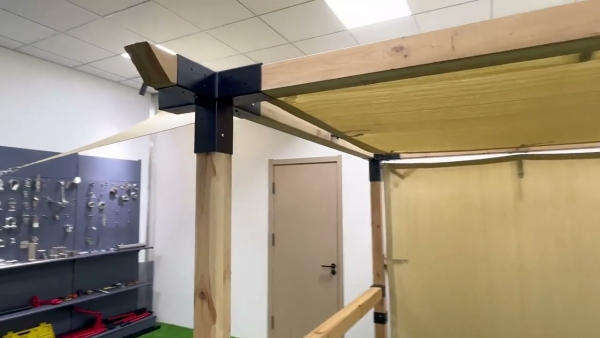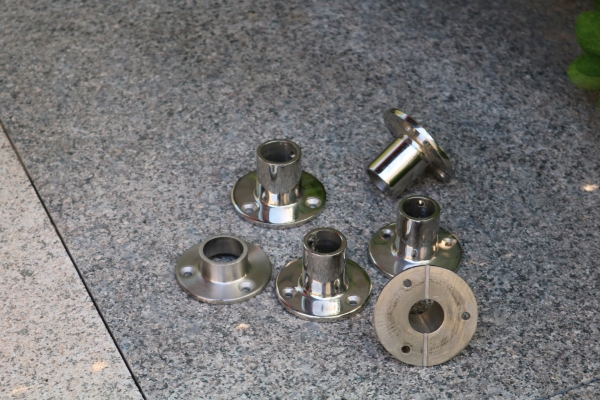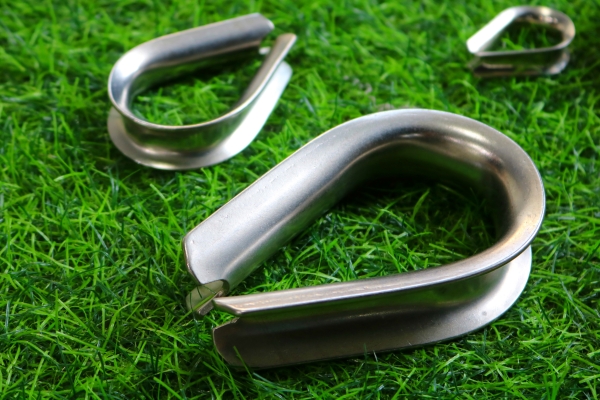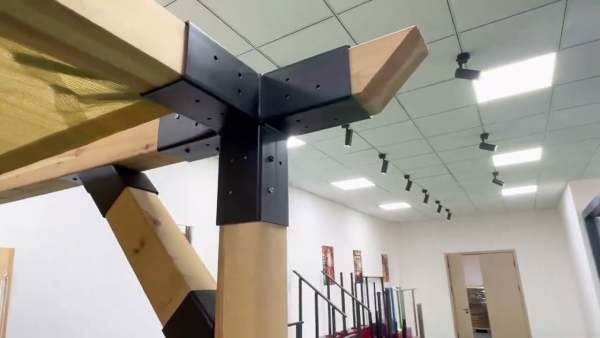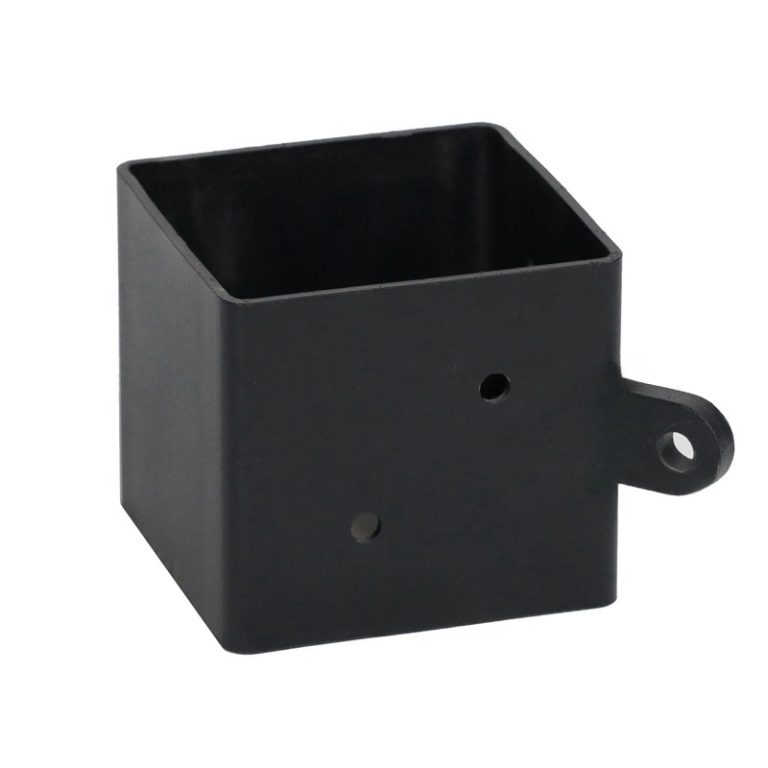Table of Contents
Benefits of Adding an Arbor to Your Outdoor Space
Arbors and pergolas are both popular structures used in outdoor spaces to enhance the aesthetics and functionality of a garden or patio. While they may appear similar at first glance, there are key differences between the two that can impact their suitability for different settings. In this article, we will explore the benefits of adding an arbor to your outdoor space and compare them to pergolas.
Arbors are typically smaller structures that consist of a series of vertical posts connected by an overhead lattice or trellis. They are often used to create a focal point in a garden or to provide a shaded area for seating or dining. Arbors can be made from a variety of materials, including wood, metal, or vinyl, and can be customized to suit the style of the surrounding landscape.
One of the main benefits of adding an arbor to your outdoor space is the visual appeal it brings to the area. Arbors can add a touch of elegance and charm to a garden, creating a sense of intimacy and enclosure. The overhead lattice or trellis can be used to support climbing plants, such as roses or wisteria, adding a burst of color and fragrance to the space.
In addition to their aesthetic appeal, arbors can also provide practical benefits. They can create a shaded area for relaxation or dining, making them ideal for hot summer days. Arbors can also be used to define different areas of a garden or patio, creating a sense of structure and organization.
Another benefit of adding an arbor to your outdoor space is the versatility they offer. Arbors can be used in a variety of settings, from formal gardens to more casual outdoor spaces. They can be placed at the entrance to a garden to create a welcoming gateway, or used as a backdrop for a seating area or outdoor dining space.
When compared to pergolas, arbors are generally smaller in size and scale. While pergolas are larger structures that often cover a larger area, arbors are more compact and can be easily incorporated into smaller gardens or patios. This makes them a popular choice for homeowners with limited outdoor space.
In conclusion, adding an arbor to your outdoor space can bring a host of benefits, from enhancing the visual appeal of the area to providing a shaded spot for relaxation or dining. Arbors are versatile structures that can be customized to suit the style of your garden or patio, making them a popular choice for homeowners looking to enhance their outdoor living space. Whether used as a focal point in a garden or as a shaded seating area, arbors can add a touch of elegance and charm to any outdoor setting.
Design Ideas for Incorporating a Pergola in Your Garden
When it comes to designing your garden, there are many options to consider. Two popular choices are arbors and pergolas. While both structures can add beauty and functionality to your outdoor space, there are some key differences between the two.
An arbor is a simple structure typically made of wood or metal that is used to support climbing plants. It consists of vertical posts connected by an open lattice or framework at the top. Arbors are often used as entryways or gateways to gardens, providing a charming focal point for visitors to admire as they enter the space.
On the other hand, a pergola is a larger, more substantial structure that can be freestanding or attached to a building. Pergolas are typically made of wood or metal and feature a series of vertical posts supporting a roof-like structure. Pergolas can be used to create shaded seating areas, outdoor dining spaces, or even outdoor rooms.
One of the main differences between arbors and pergolas is their size and scale. Arbors are generally smaller and more delicate in appearance, while pergolas are larger and more substantial. This difference in size can impact the overall look and feel of your garden. If you have a small garden or want to create a more intimate space, an arbor may be the better choice. However, if you have a larger garden or want to create a more grandiose outdoor living area, a pergola may be more suitable.
Another key difference between arbors and pergolas is their function. Arbors are primarily used as decorative elements, providing a place for climbing plants to grow and adding visual interest to the garden. Pergolas, on the other hand, are more functional structures that can provide shade, shelter, and privacy. Pergolas can be used to create outdoor rooms, dining areas, or seating areas, making them a versatile addition to any garden.

In terms of design, arbors and pergolas offer different aesthetic options. Arbors are often more ornate and decorative, with intricate lattice work and curved lines. Pergolas, on the other hand, have a more architectural look, with clean lines and a more modern feel. When choosing between an arbor and a pergola, consider the overall style of your garden and how each structure will complement the existing elements.
Ultimately, the choice between an arbor and a pergola will depend on your personal preferences, the size of your garden, and the intended function of the structure. Both arbors and pergolas can add beauty and functionality to your outdoor space, so consider your needs and desires carefully before making a decision.
In conclusion, arbors and pergolas are both popular choices for adding structure and beauty to your garden. While arbors are smaller and more decorative, pergolas are larger and more functional. Consider the size of your garden, the intended function of the structure, and the overall design aesthetic when choosing between an arbor and a pergola. Whichever option you choose, both structures can enhance the beauty and enjoyment of your outdoor space.

